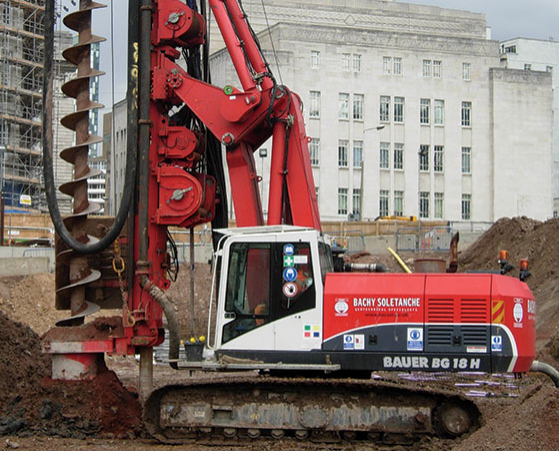Foundations


There are so many choices with foundations because there are so many variables.
Your timber frame home will be lighter than a traditionally build concrete or masonry house so generally the requirements for foundations will be less
...which will save you some money!
However, in worst case scenarios foundations can make up a third of the total build cost. They are an area where costs can spiral and blow your budget so its important to give them consideration as early as possible to avoid any potentially nasty surprises.
The first thing to consider is the type of soil on your site. You can pay a company to do a soil test for you. They will visit site, dig test bore holes and analyse samples of soil for you. Soils fit loosely into two categories; Cohesive and Non-cohesive. A non-cohesive soil will crumble and not easily clump together when crushed in your hand to form a ball. This indicates it has a low clay content and will drain easily. Cohesive soil on the other hand will clump and stick together. The presence or absence of clay or fine particles determines the cohesive qualities found within a soil environment. In effect, clay and fine particle materials act as binding agents that hold soil together. So non-cohesive soil environments contain little to no clay or fine particles while cohesive soils contain high amounts of clay and fine particles.
Soil mechanics, also known as geotechnical engineering, involves the use of soils as engineering materials. This line of study enables engineers to identify suitable soil environments for building and construction purposes. A soil’s ability to compact and maintain its consistency under pressure determines whether it will provide a suitable foundation for building. In effect, engineers examine the physical characteristics of a soil environment as part of the pre-planning process involved with construction projects. As a result, differences between cohesive and non-cohesive soil play a significant role in determining whether a particular area will work with a building’s plan. Think of this as the survey you would have done on a new house you are looking to buy. Companies will typically charge up to £1000 for this service so its by no means cheap, but it does give you peace of mind to know exactly what you're building on top of.
It may be possible to tell geographically what kind of soil you have. Alternatively, if there have been any recent building developments locally you may be able to approach the developer to gain some insight into what kind of foundations they were able to use. All of these factors are helpful in determining the type of foundations you need because ultimately they must remain strong throughout the lifetime of the building.
Depending on the site conditions you could use several types of foundation. Click below for more information on them...







